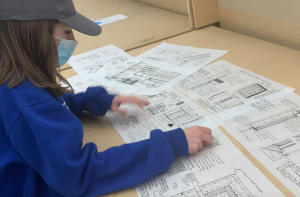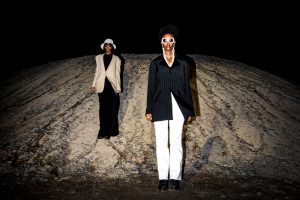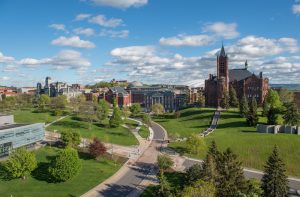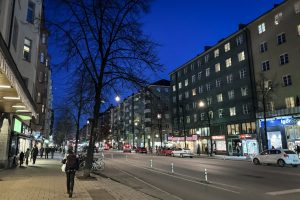The Florence Few
The Florence Few
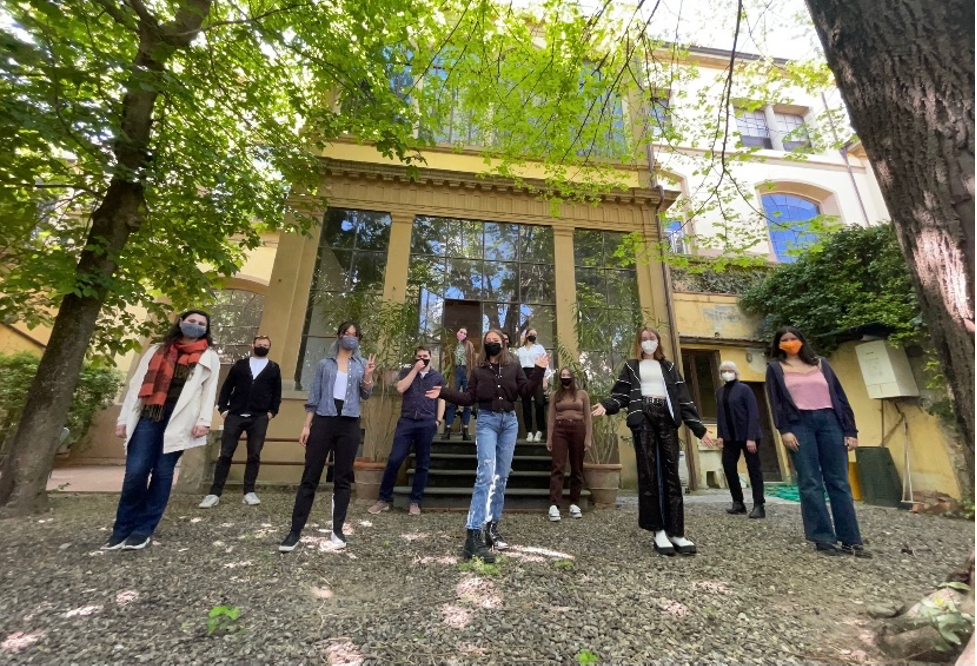
Despite the ongoing COVID-19 pandemic, Syracuse University was able to send a small group of architecture students to Florence, Italy, this year. This travel is an essential part of the architecture program, allowing students to see firsthand the buildings they have been studying in textbooks throughout their time at SU.
Students in the program often start planning their abroad trips during their freshman year. For SU architecture junior Matthew Gilligan, the Florence program was one of the reasons he came to SU.
“I was attracted to Syracuse in high school because of the Florence program,” Gilligan said. “I started planning to go as soon as they gave us the option to.”
Unfortunately for many students, the pandemic prevented international travel during most of the 2019-2020 school year. This year, the university worked hard to ensure that another group would not miss out on this important experience.
“For a while, we were still unsure if we were going,” SU architecture junior Jenna Merry said. “We had to sign off in December saying that we would commit no matter what, and then we were able to leave in early March.”
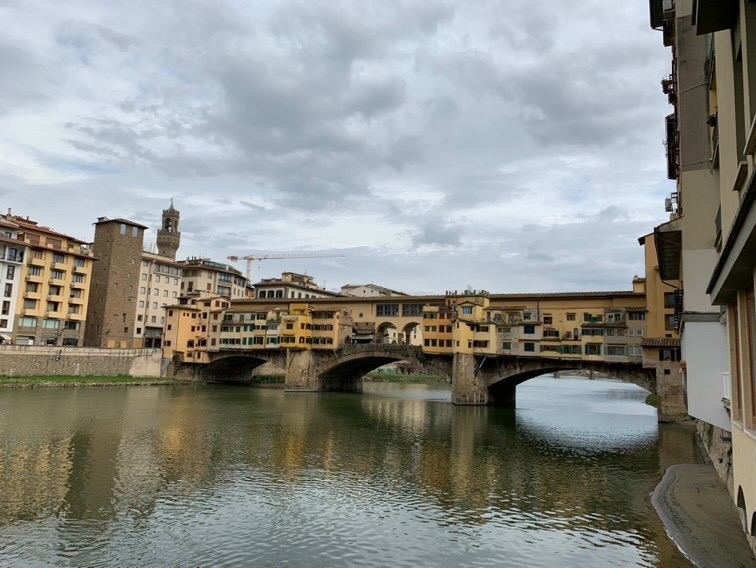
While students on campus were starting classes, Merry, Gilligan and other students who signed up to go abroad stayed at home and took classes online for about four weeks until leaving for Italy.
“We flew out of JFK on a COVID-tested flight, which meant you had to test negative to board the plane,” Merry said. “Because we took a COVID-tested flight, we did not have to quarantine, according to Italian law.”
In a normal abroad year, the students live with host families for the duration of the semester. However, due to the pandemic, the students are staying in a “student hotel,” which resembles a dorm building in the city.
Students from across Europe come to stay in this hotel while studying in Florence. Though staying with a host family may have been more culturally immersive, the student hotel has allowed them to create connections with peers from other countries.
“Living all together, there is a sense of camaraderie,” Gilligan said.
Camryn Morton, an SU architecture junior, explained that during Italy’s “red zone,” the strictest of the country’s four risk classification levels, they spent a lot of time in the hotel making friends with other students.
“Everyone wants to talk to you and get to know you,” Morton said.
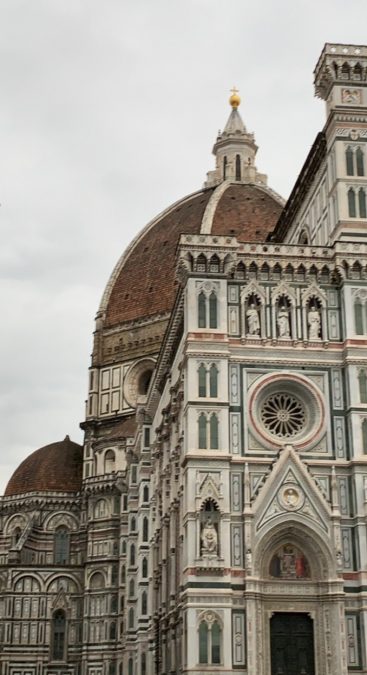
SU architecture junior Chloe DeMarco said many introductions started in the building’s elevators. “We would get in the elevator and they would start conversations, which is not at all like how it is in the U.S.,” she said.
Until recently, Florence was still in the red zone and the students were taking all of their classes online.
“We would go for runs or go to the grocery store just to get outside,” Morton said. “It was stressful because we had to fill out paperwork and carry it with us every time we went out.”
Often, the students found themselves walking the city and enjoying the tourist-free environment. Now that the city is going into the orange zone, a less strict classification, Morton said that cafes and restaurants will stay open longer and there will be more things to do.
In the orange zone, the students are also able to start taking in-person classes. Returning to in-person work was especially exciting for these architecture students, for whom a major portion of their learning takes place in a collaborative workplace called “studio.”
Daniele Profeta, assistant teaching professor and director of the architecture program, Syracuse University in Florence, stressed the importance of in-person studio spaces, “where people can sit together in the same room and can sort of exchange ideas, review each other’s work, make comments on each other’s work, and also help each other with a specific technique or specific design processes.”
Profeta explained how exciting it is to now be able to take students out into the city and research specific sites. This semester, Profeta and the students in Florence created a website called “Borgo Digitale,” which acts as a platform for students to share their research, watch lectures and write blog posts.
“All of this has been possible only with the help of the Syracuse University Florence team and the support that was set in place for rethinking the facilities, rethinking the way in which students could be together in a safe way while being able to experience the city and experience the abroad semester in a new way,” Profeta said.
For the students, studying in Florence has allowed them to see the foundational principles of architecture in the place where they were created.
“A lot of core values of architecture were built in Italy in the Renaissance,” Morton said.
Though it has modernized, the skyline and layout of the city show its layered histories, Gilligan said.
Most of the students have enjoyed seeing Florence during this unusual time when there are no tourists.
“It’s disappointing that we can’t do some of the things we were supposed to do, but then there’s also the fact that Florence will never look like this again,” Gilligan said.

